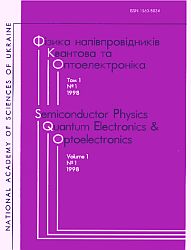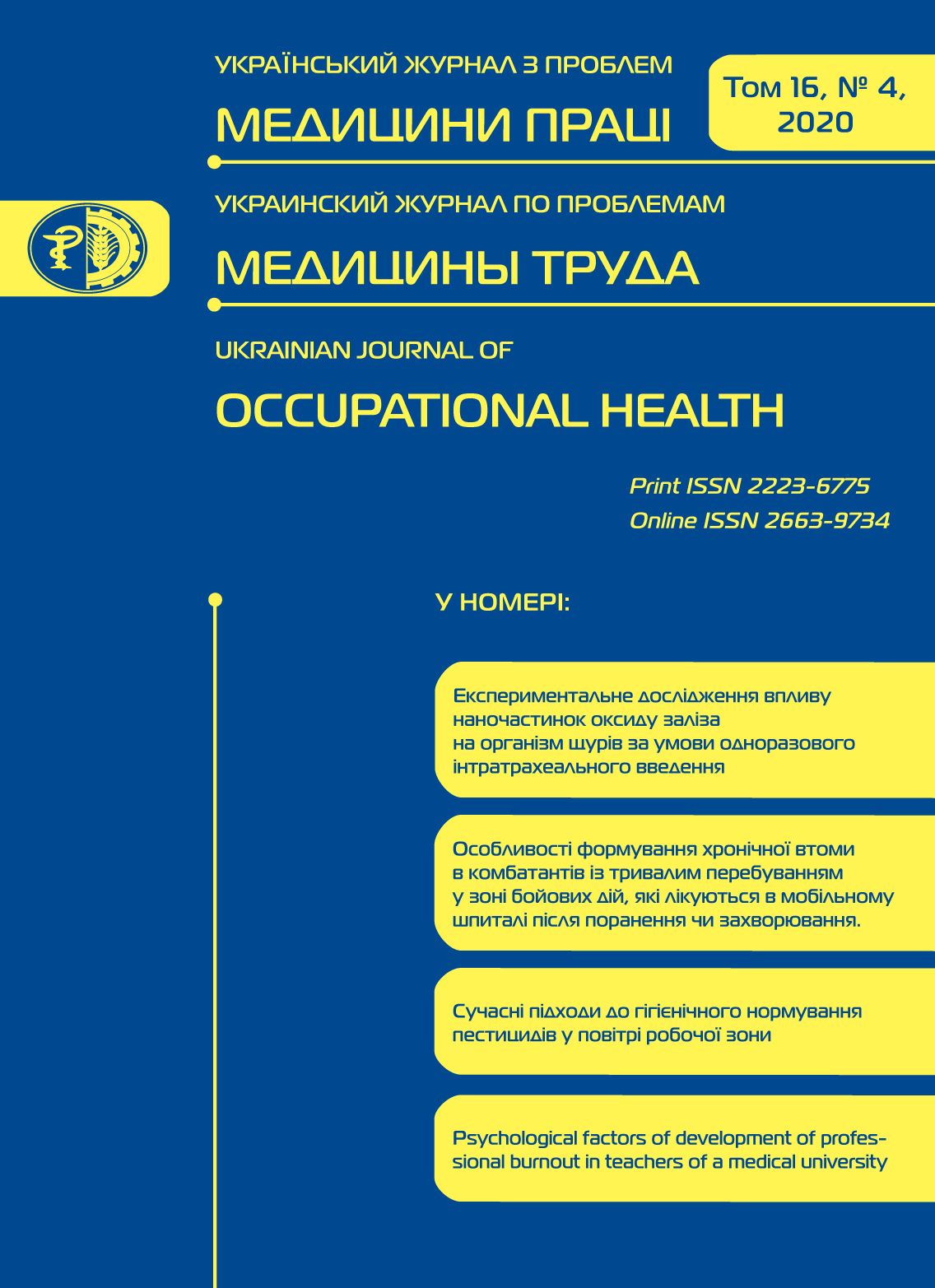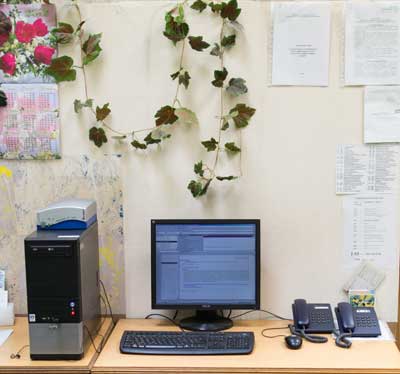
Бази даних
Наукова періодика України - результати пошуку
 |
Для швидкої роботи та реалізації всіх функціональних можливостей пошукової системи використовуйте браузер "Mozilla Firefox" |
|
|
Повнотекстовий пошук
| Знайдено в інших БД: | Книжкові видання та компакт-диски (1) | Журнали та продовжувані видання (1) | Реферативна база даних (27) |
Список видань за алфавітом назв: Авторський покажчик Покажчик назв публікацій  |
Пошуковий запит: (<.>A=Sorokin V$<.>) | |||
|
Загальна кількість знайдених документів : 9 Представлено документи з 1 до 9 |
|||
| 1. | 
Kolomzarov Yu. ITO layers modified in glow discharge plasma for Nematic Liquid Crystal alignment [Електронний ресурс] / Yu. Kolomzarov, P. Oleksenko, A. Rybalochka, V. Sorokin, P. Tytarenko, R. Zelinskyy // Semiconductor physics, quantum electronics & optoelectronics. - 2010. - Vol. 13, № 1. - С. 19-23. - Режим доступу: http://nbuv.gov.ua/UJRN/MSMW_2010_13_1_6 Influence of ionic and plasma treatment on orienting properties of indium-tin-oxide (ITO) films was investigated. The stable tilt angle generation of nematic liquid crystal (NLC) molecules was attended. Dependences of NLC molecules tilt angles on various technological parameters and regimes of ITO film deposition have been shown. Results for oriented film surfaces investigated by atomic-force microscopy showed the viscous-elastic mechanism of NLC molecules alignment by the modified ITO films. | ||
| 2. | 
Belyaev A. E. Some aspects of thermal resistance measurement technique for IMPATT and light-emitting diodes [Електронний ресурс] / A. E. Belyaev, N. S. Boltovets, R. V. Konakova, Ya. Ya. Kudryk, V. M. Sorokin, V. N. Sheremet, V. V. Shynkarenko // Semiconductor physics, quantum electronics & optoelectronics. - 2011. - Vol. 14, № 4. - С. 465-469. - Режим доступу: http://nbuv.gov.ua/UJRN/MSMW_2011_14_4_19 Some aspects of measuring the thermal resistance to a constant heat flow at a p-n | ||
| 3. | 
Sorokin V. M. Technique and setup for diagnostics of p-n junction to case thermal resistance in high-power gallium nitride LEDs [Електронний ресурс] / V. M. Sorokin, R. V. Konakova, Ya. Ya. Kudryk, A. V. Zinovchuk, R. I. Bigun, R. Ya. Kudryk, V. V. Shynkarenko // Semiconductor physics, quantum electronics & optoelectronics. - 2012. - Vol. 15, № 2. - С. 124-128. - Режим доступу: http://nbuv.gov.ua/UJRN/MSMW_2012_15_2_5 We present a setup and procedure of studying p - n | ||
| 4. | 
Litsis O. O. Europium coordination compounds based on carbacylamidophosphate ligands for metal-organic light-emitting diodes (MOLEDs) [Електронний ресурс] / O. O. Litsis, V. A. Ovchynnikov, T. Yu. Sliva, V. M. Amirkhanov, V. M. Sorokin, M. A. Minyailo, Yu. V. Kolomzarov, P. A. Tytarenko, I. E. Minakova // Semiconductor physics, quantum electronics & optoelectronics. - 2013. - Vol. 16, № 2. - С. 210-215. - Режим доступу: http://nbuv.gov.ua/UJRN/MSMW_2013_16_2_23 In this work, the photo- and electroluminescence properties of new red phosphores based on europium complexes with carbacylamidophosphate (CAPh) ligands and additional aromatic ligands 1,10-phenantroline and 4,4'-bipyridine have been studied. Compounds Eu(L<^>1 | ||
| 5. | 
Kornaga V. I. Color mixing models for smart lighting systems based on RGBW and WW LEDs [Електронний ресурс] / V. I. Kornaga, V. M. Sorokin, A. V. Rybalochka, O. S. Oliinyk, N. P. Kornaga // Semiconductor physics quantum electronics & optoelectronics. - 2015. - Vol. 18, № 3. - С. 302-308. - Режим доступу: http://nbuv.gov.ua/UJRN/MSMW_2015_18_3_13 Color mixing models to obtain white light with a predetermined values of correlated color temperature and brightness are presented. One model describes mathematical algorithm for combination of spectra for WW LEDs lighting systems, and other one for systems based on RGBW LEDs. Results of testing of created sample of LED light source for indoor lighting ("Amstrong" type) with implemention of presented color mixing models are shown. | ||
| 6. | 
Sorokin V. M. Degradation processes in LED modules [Електронний ресурс] / V. M. Sorokin, Ya. Ya. Kudryk, V. V. Shynkarenko, R. Ya. Kudryk, P. O. Sai // Semiconductor physics, quantum electronics & optoelectronics. - 2016. - Vol. 19, № 3. - С. 248-254. - Режим доступу: http://nbuv.gov.ua/UJRN/MSMW_2016_19_3_4 Electrical-heat-light degradation model of a light-emitting module has been developed in this work. The Monte-Carlo method was used to calculate the reliability time of LED modules with different halfwidth of LED chip series resistance. Separation of LED chips with different series resistance before assembling may increase the time of emission in a stable mode up to 10 %. | ||
| 7. | 
Nikolaenko Yu. E. Light characteristics of high-power LED luminaire with a cooling system based on heat pipe [Електронний ресурс] / Yu. E. Nikolaenko, D. V. Pekur, V. M. Sorokin // Semiconductor physics, quantum electronics & optoelectronics. - 2019. - Vol. 22, № 3. - С. 366-371. - Режим доступу: http://nbuv.gov.ua/UJRN/MSMW_2019_22_3_19 Discussed in the article is the possibility to create a wall-mounted LED luminaire with a built-in cooling system for a volumetric LED module put in the enclosed volume of the diffuser. The use of aluminum heat pipe with a threaded capillary structure has been proposed for cooling high-power LEDs of the volumetric module in the luminaire design. It has been shown that the use of heat pipe with a simple capillary structure allows the heat flux from the LED module to be efficiently transferred outside the light diffusing area to the decorative radiator located on the top of the lamp and to disperse it into the surrounding air. The proposed design of the wall lamp with heat pipe allows to increase the luminous flux and durability of the luminaire. | ||
| 8. | 
Martirosova V. G. Blue light as an occupational health problem [Електронний ресурс] / V. G. Martirosova, V. M. Sorokin, V. I. Nazarenko, I. N. Cherednichenko, N. N. Tikhonova, O. Y. Beseda // Український журнал з проблем медицини праці. - 2019. - Т. 15, № 3. - С. 194-203. - Режим доступу: http://nbuv.gov.ua/UJRN/Ujpmp_2019_15_3_4 Мета роботи - вивчити і оцінити стан організму людини за показниками функціонального стану зорової системи на тлі дослідження даних серцево-судинної і центральної нервової системи у офісних працівників, при тривалому спостереженні на виробництві в природних умовах виконання ними завдань у динаміці робочого дня і протягом робочого тижня в світловому середовищі з СДІС, при Т | ||
| 9. | 
Pekur D. V. Optimization of the cooling system design for a compact high-power LED luminaire [Електронний ресурс] / D. V. Pekur, Yu. E. Nikolaenko, V. M. Sorokin // Semiconductor physics, quantum electronics & optoelectronics. - 2020. - Vol. 23, № 1. - С. 91-101. - Режим доступу: http://nbuv.gov.ua/UJRN/MSMW_2020_23_1_16 Using the method of computer modelling, considered in this paper is optimization of a passive air system design for cooling the powerful LED luminaire based on heat pipes and cooling rings. Thermal and mass characteristics of the cooling system have been studied for various design parameters: distance between rings, thickness of ring materials and thermal loads. It has been shown that, to provide a minimal case temperature of LED source, the optimal distance between cooling rings should be 6 mm, but in this case the mass of cooling system is not least. To reduce the luminaire mass, it is reasonable to choose the distance between the cooling rings equal to 8 mm. Then the temperature of light source increases by only <$E1,8~symbol Р roman C>, or by 2,2 %, while the mass of cooling system reduces by 1357 g, or by 20,5 %. At the same time, lowering the ring thickness from 2 down to 0,8 mm can in addition reduce this mass by 2700 g, or by 48,6 %. However, when doing so the temperature of LED source case is increased by <$E5,9~symbol Р roman C>. The offered cooling system based on heat pipes is capable to provide the thermal resistance <$E0,131~symbol Р roman C>/W when scattering the thermal power 500 W under the maximum temperature of LED source crystal <$E135,5~symbol Р roman C>. Recommendations for application of the developed cooling system have been formulated. | ||
 |
| Відділ наукової організації електронних інформаційних ресурсів |
 Пам`ятка користувача Пам`ятка користувача |